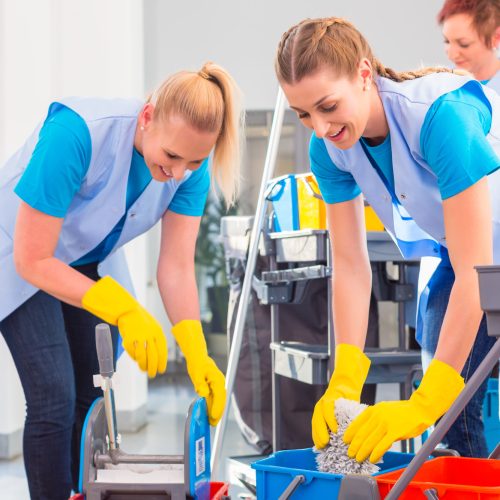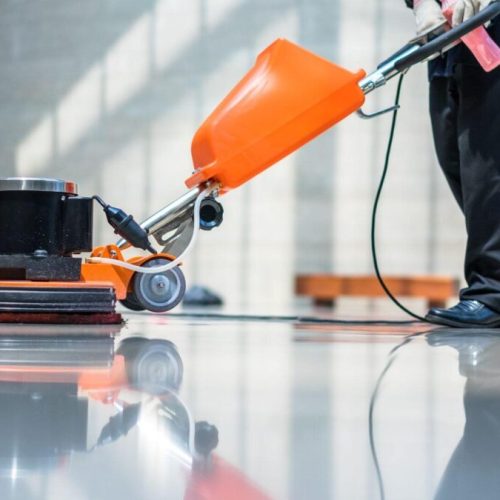Introduction
School cleaning goes beyond aesthetics; it is a crucial factor in ensuring health, well-being, and the quality of learning. Clean school environments not only reduce the spread of diseases but also create a more welcoming and conducive atmosphere for concentration. This article examines the main benefits of school cleaning, provides practical tips for maintaining it, and explores its direct impact on academic performance and the interaction between students and teachers.
Benefits of School Cleaning
Health of Students and Teachers A clean school environment significantly contributes to the health of the school community. Regular disinfection of surfaces and high-touch areas such as desks, handrails, and restrooms reduces the spread of viruses and bacteria. This minimizes cases of colds, flu, and other contagious diseases. Moreover, controlling dust and mold prevents allergies and respiratory issues that can affect both students and teachers.
Safe and Comfortable Environment Clean spaces promote a sense of safety and well-being. Organizing the environment also reduces the risk of accidents, such as slips on wet floors or disorganized materials. A clean and tidy location creates an inviting and stimulating atmosphere for learning.
Preservation of Resources Regular cleaning also helps conserve school resources. Well-maintained furniture, equipment, and teaching materials last longer, reducing replacement and maintenance costs.

Practical Tips for Maintaining School Cleaning
Cleaning Routines Establishing a schedule is essential to ensure cleanliness in all areas of the school. Daily cleaning should include floors, desks, boards, and restrooms. Weekly activities can involve cleaning windows and hallways, while monthly tasks should focus on less accessible areas such as ventilation systems and storage.
Appropriate Products and Equipment Using safe and eco-friendly cleaning products is crucial to avoid allergic reactions and health risks for students. Equipment such as industrial vacuum cleaners and steam cleaning machines increase efficiency, saving time and resources.
Involvement of the School Community Awareness is a key factor in maintaining cleanliness. Educational campaigns can teach students to properly dispose of trash and organize their materials. Teachers and staff can also collaborate by supervising hygiene practices.
Hiring Specialized Professionals To ensure a high standard of cleanliness, schools should consider hiring trained teams. Specialized professionals are familiar with appropriate protocols and ensure the proper use of products and equipment.
The Impact of Cleaning on Learning
Better Concentration and Productivity A clean and organized environment facilitates student concentration. Studies show that disorganized or dirty spaces can increase stress levels and decrease productivity.
Reduced Absenteeism Hygienic environments significantly reduce the chances of outbreaks of infectious diseases. This results in fewer absences for both students and teachers, contributing to better academic performance.
Positive School Climate Cleanliness also has a psychological impact. Well-maintained schools convey a message of appreciation and respect to students, promoting a more harmonious atmosphere and encouraging student engagement.
Conclusion
School cleaning is essential for health, safety, and the quality of education. By implementing efficient hygiene practices, schools can create a safer and more productive environment for the entire school community. Investing in cleaning is not just a matter of maintenance but a strategy to promote learning and well-being.




